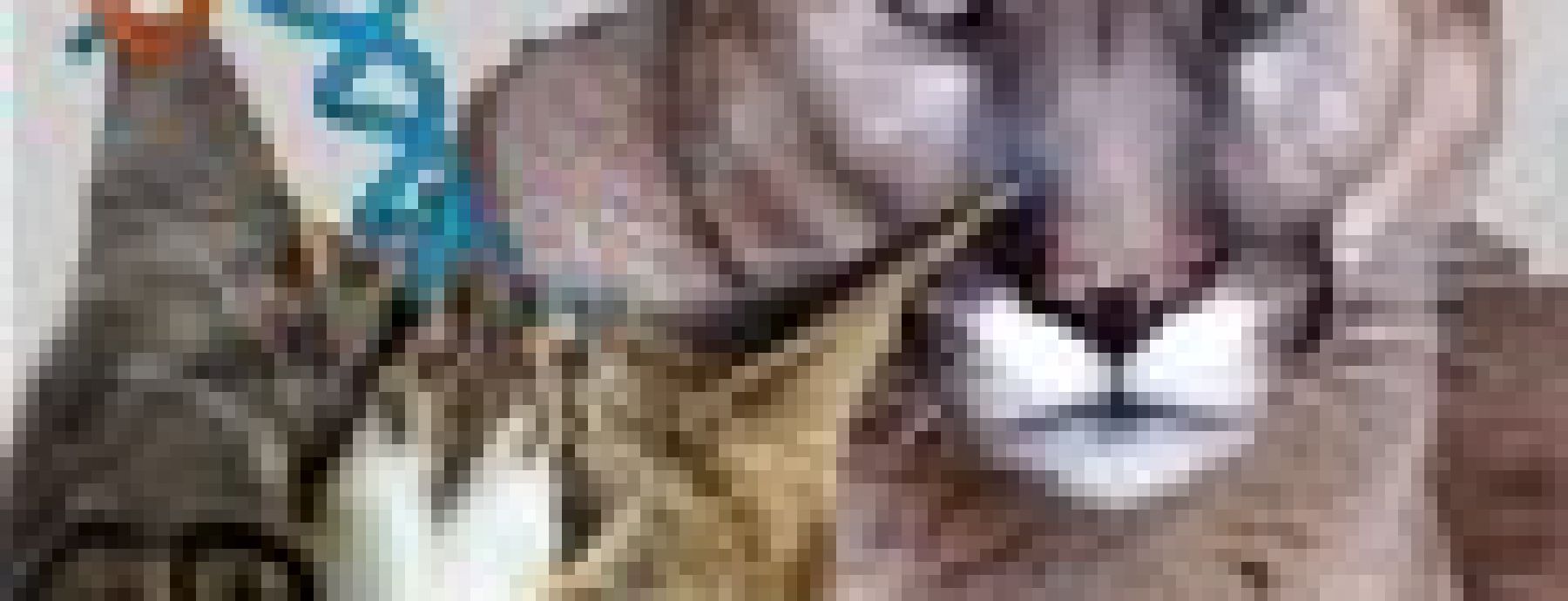Human Immunodeficiency Virus (HIV), the virus that causes AIDS, is notoriously genetically variable. It evolves rapidly within individual people, which greatly complicates the search for effective vaccines. HIV appears to have originated in chimpanzees, and crossed the species barrier to humans some time in the early 20th century.
Immunodeficiency viruses in the same genus as HIV (Lentivirus) infect a number of cat species. Like HIV, these feline immunodeficiency viruses are retroviruses; that is, their genome consists of RNA, and they replicate via a DNA intermediate. They rely on their own enzymes (reverse transcriptases) to transcribe their RNA into DNA, an error-prone process that can lead to high genetic diversity in the next viral generation.
Now Mary Poss and colleagues have been exploring the role that recombination of viral genomes plays in generating diversity in feline immunodeficiency viruses, and hence in enabling the virus to persist in different kinds of host environments.
In a recent experiment, they challenged domestic cats with PLV, a lentivirus isolated from a wild cougar. The cats became persistently infected despite a robust innate immune response from the hosts. Viral recombination was detected in three of four cats, whereas it has not been detected in naturally infected cougars. Furthermore, recombination in the cats was associated with positive selection on reverse transcriptase, the enzyme that is crucial for viral replication.
In a paper in Virology, Poss and colleagues discuss how their data support the idea that viral recombination rates increase in unfavorable environments, and that this in turn increases the chance of the virus persisting in a new host species.
Written By: Mary Poss, Adam Idoine, Howard A Ross, Julie A Terwee, Sue VandeWoude, & Allen Rodrigo
Paper Url: http://linkinghub.elsevier.com/retrieve/pii/S0042682206005861
Journal: 359: 146-151
Journal Reference: 359: 146-151
Paper Id: 10.1016/j.virol.2006.08.026
